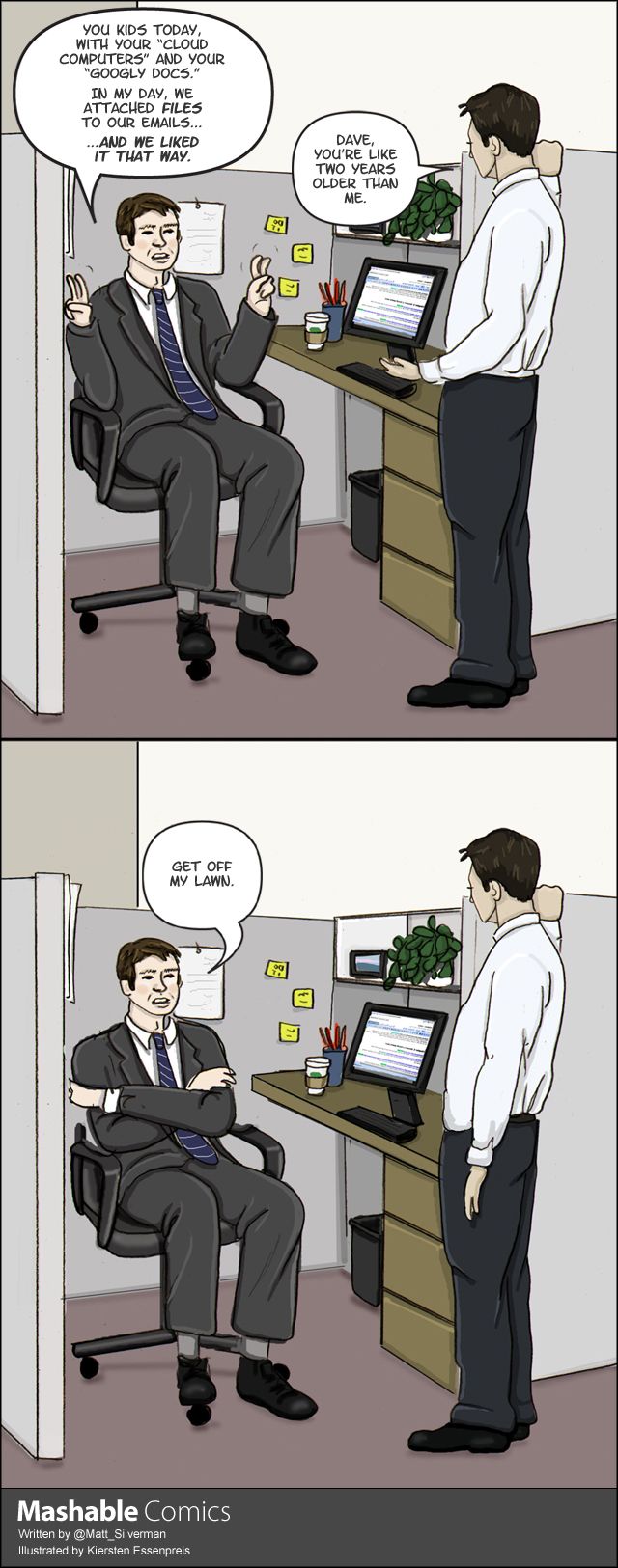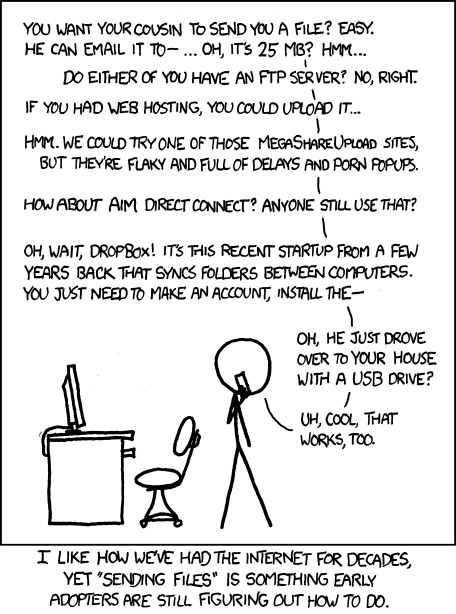Two announcements from Facebook yesterday are worth highlighting.
First, Facebook announced some improvements to the ways you can organize your friends. One of the nicer features is the some friends can be grouped automagically. Say, you want to post only to friends in a certain town or other common connection. Now, Facebook promises to make that Smart. They don’t promise that Smart Friends will make your friends smart or sort out those friends that are less smart though. Either would be something grand!
Further, Smart Friends borrows from News Feed by deciding who you *really* want to interact with based on the same or very similar Top Sekrit Facebook Friend Ranking Voodoo. Facebook puts it this way:
Close Friends and Acquaintances lists – You can see your best friends’ photos and posts in one place, and see less from people you’re not as close to.
There will be more interaction between Close Friends and the News Feed. That is if you add someone as a Close Friend — yes, it’s automagic but you can manually add and remove folks too — they get more News Feed points and are more likely to show up in your Feed.
And these Circles, err Friends Lists options, can be used along with privacy settings.
A very good explanation is here on the Facebook blog.

Second, Facebook has promised to reduce notifications from single message to periodic updates. This is presented in this way:
We’re testing a feature for people who are very active on Facebook and receive lots of email notifications from us. We’ll provide a new summary email and turn off most individual email notifications. If you want to turn them back on, there’s a control in your account settings.
Really it’s little more than a digest feature as seen on most listservs. Still it goes a long ways for many people toward reducing annoying inbox fillers. About time. Most of us have already set our notifications to “OFF”
The worry at ReadWriteWeb is that those of us who have our settings as we like them may have them reset for us. I doubt that that will be the case.













Recent Comments